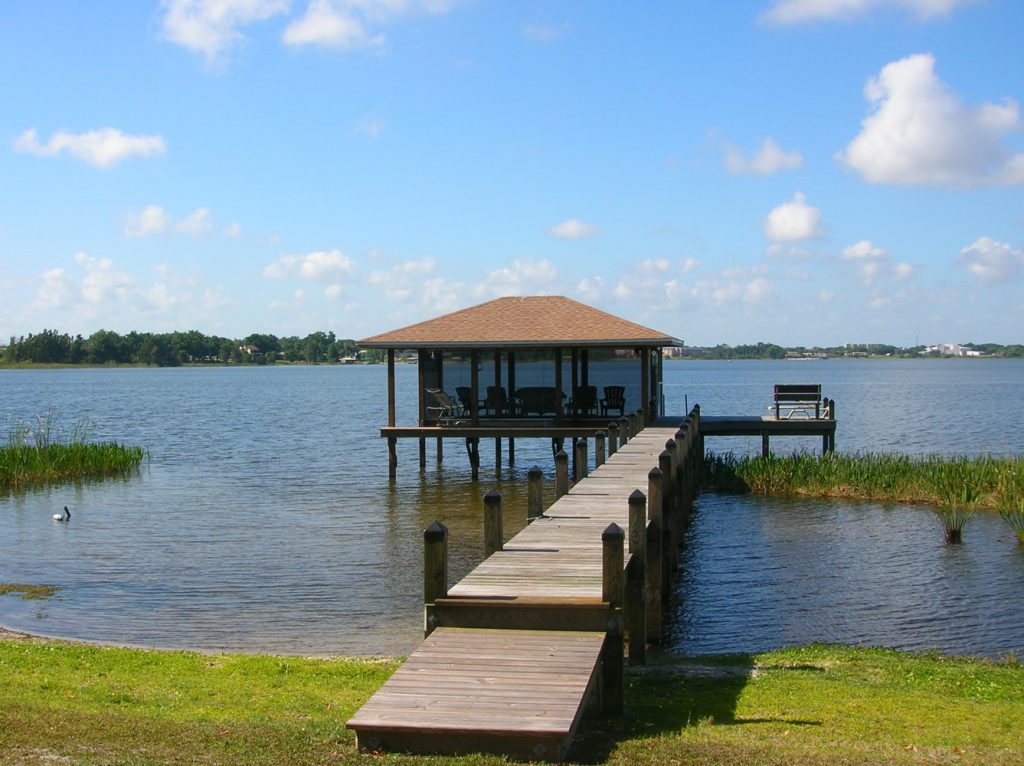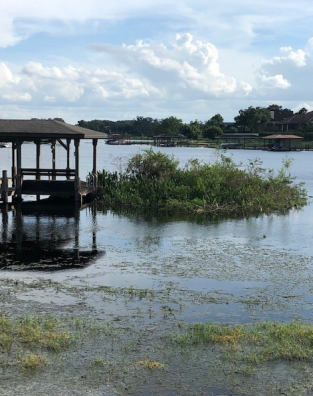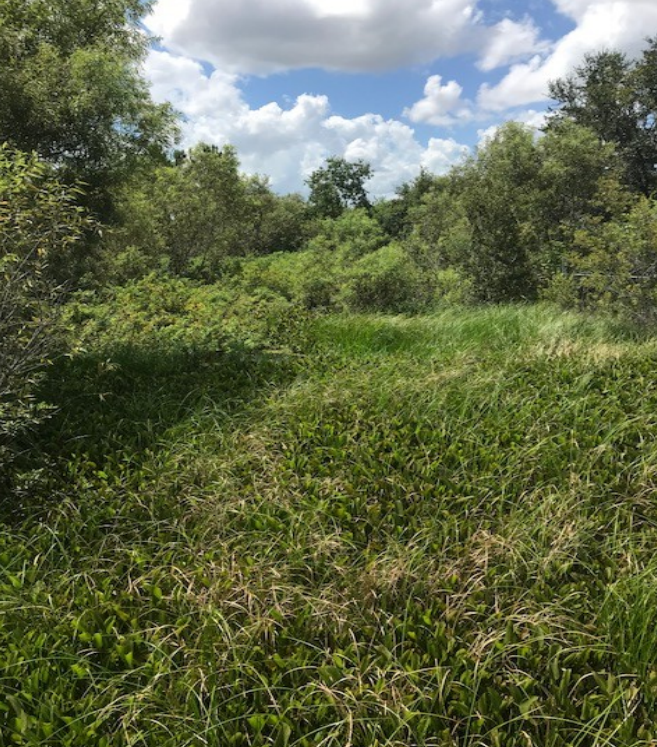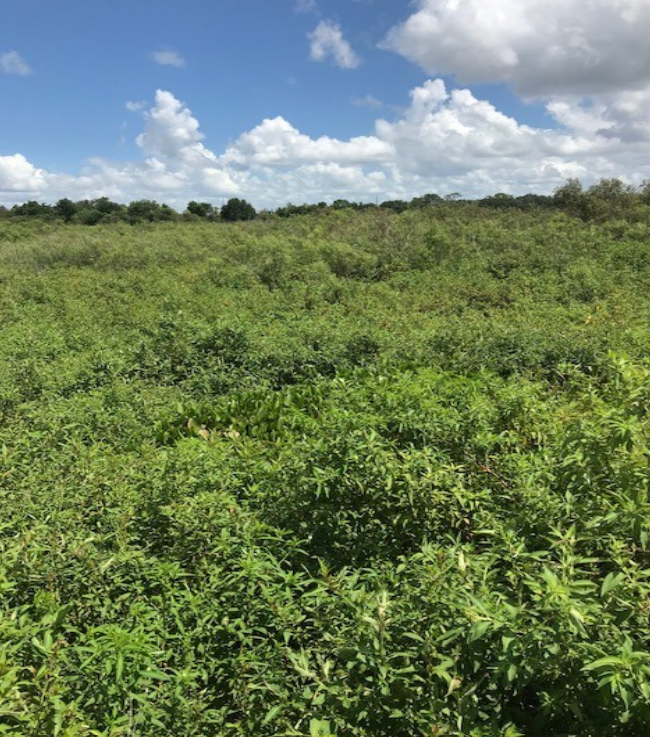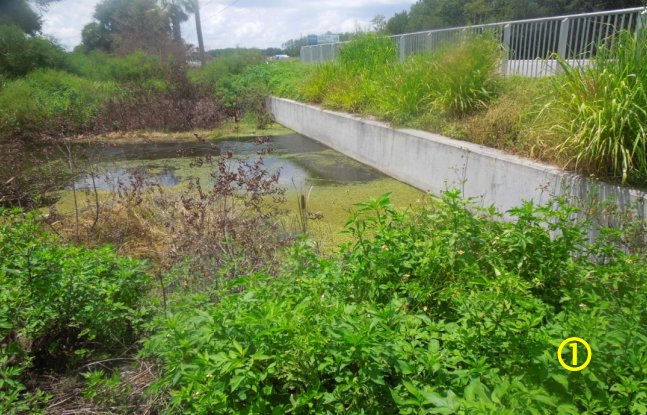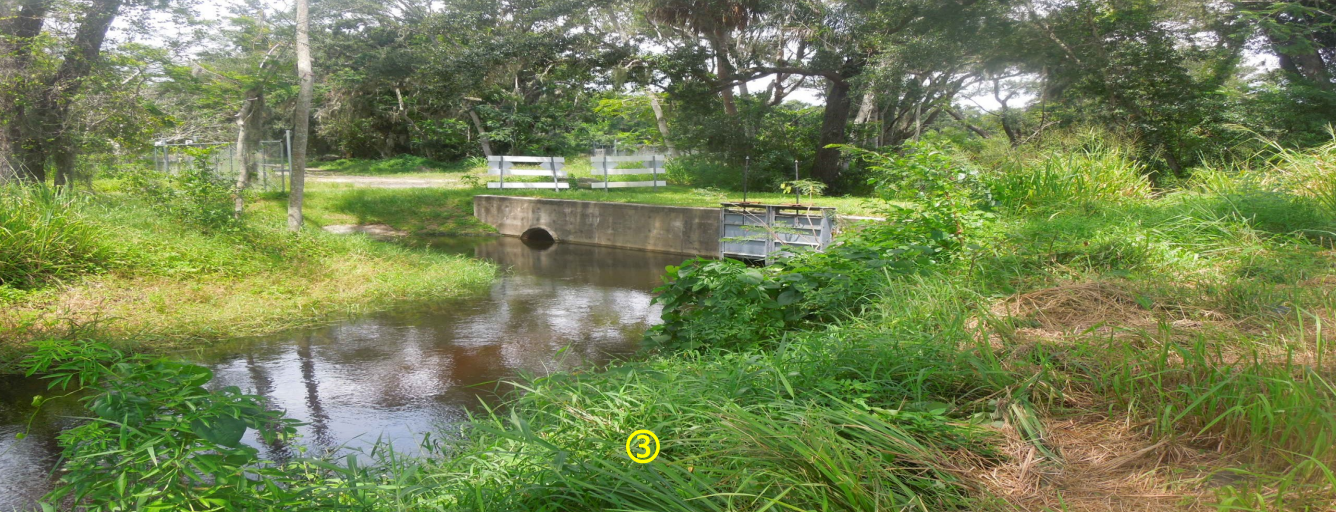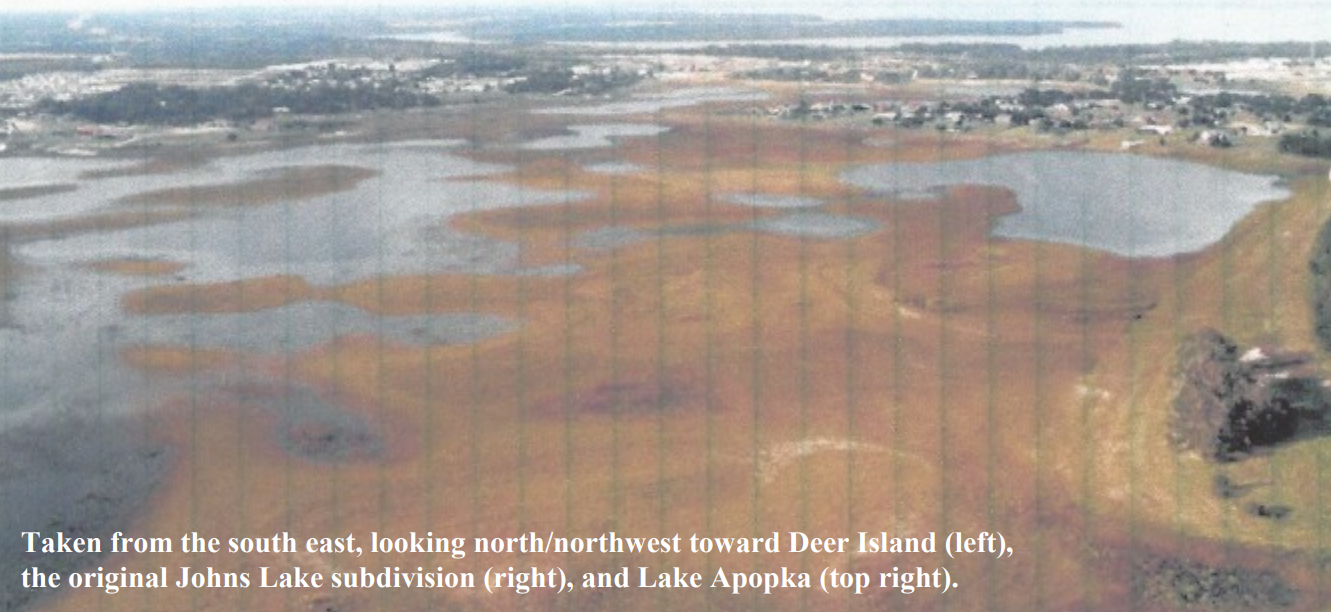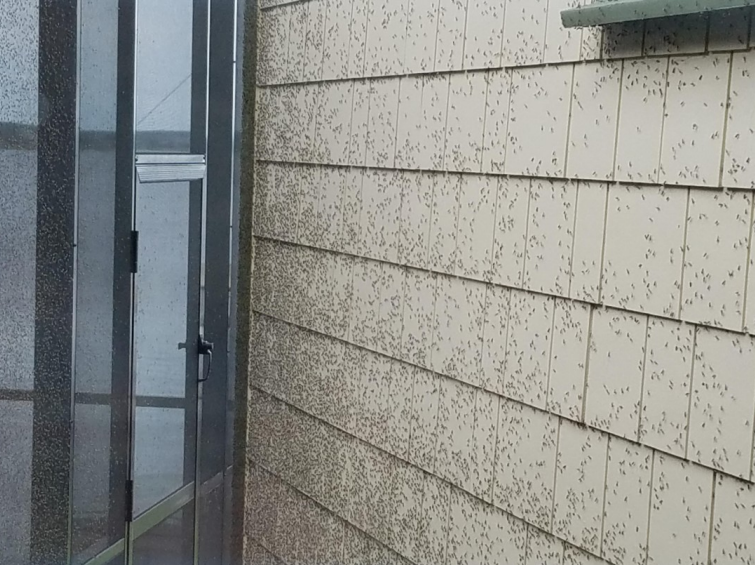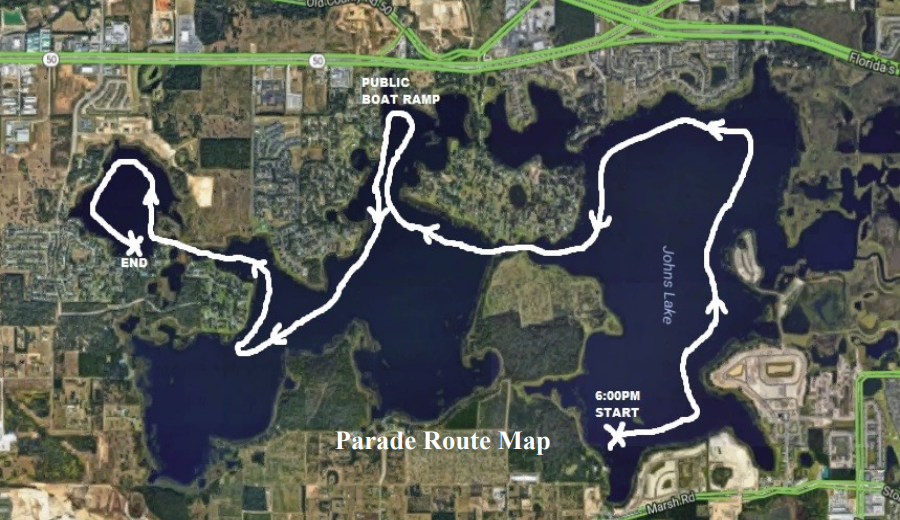October 1, 2018
18th Annual Johns Lake Holiday Boat Parade
John Schmidt
This year is the 18th Annual Johns Lake Boat Parade! The event will be held on Sunday, December 18th at 6:15pm. Come out and decorate your boat with lights and join in the fun! Last year we had 32 boats in the parade, and many spectators at the public boat dock on Lake Blvd.in Winter Garden, as well on the shoreline in many backyards.
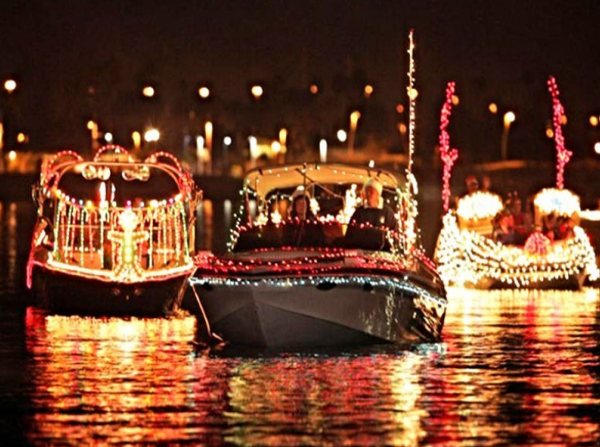
All boats participating should gather by 6:10 PM in the NW corner of Johns Lake. THIS IS A NEW MEETING LOCATION FROM LAST YEAR. The lead boat will start the parade at 6:15 PM by blasting an air-horn several times. All boats should follow in-line and slowly head east. The parade route will follow the northern, eastern, and southern shores of Johns Lake (from Johns Lake Landing in Lake County to Twinwaters in Orange County, where the parade ends). The parade will take about 2 hours to complete. Please see the Parade Route Map.
If this is your first time decorating your boat for a parade, here are a few tips:
- Christmas lights run on 120v AC and are designed to operate from your home electrical current. To operate lights on your boat, you will need to purchase a DC to AC power inverter. Power inverters are available at most auto parts stores, Wal-Mart, and Harbor Freight. Power inverters convert your boat’s 12v DC power to 120v AC. Inverters do have a limit as to how much power they can generate from your boat’s DC battery. Inverters are rated by watts; the more watts the inverter can handle, the more lights you can put on your boat. Most power inverters above 150 watts will need to be connected directly to your boat’s battery terminals to provide full power as 12v outlet plugs (cigarette lighters) are power limited by a fuse.
- The use of LED lights provides the ability to power many more lights than incandescent lights. A 300-watt power inverter connected directly to your battery could power over 600 LED lights as opposed to 60 incandescent lights! Be careful though, as some units will overheat if too much load is placed on them. Test your lights for a period of time before the parade starts. Make sure you use UL-approved outdoor lights as the lights on your boat may get wet and you do not want to cause a fire or shock someone on your boat!



